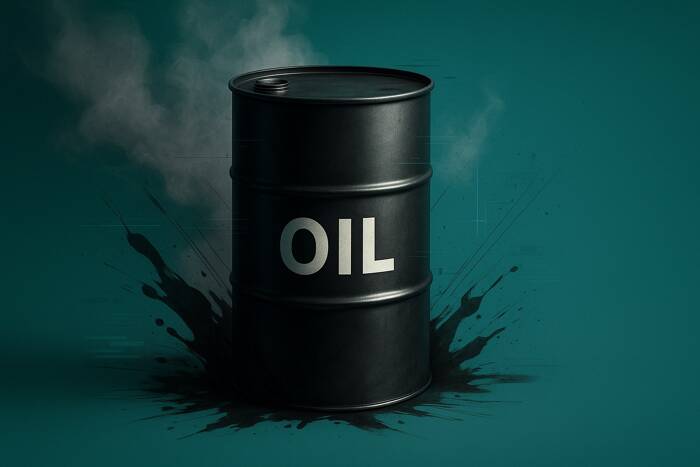Source: Vortexa
In short, the world may be swimming in oil, but few can reach the pool ladder.
Why ‘Oil‑on‑Water’ Doesn’t Ease U.S. Tightness
1) Floating Storage ≠ Deliverable Supply
Much of the 1.4 billion barrels on water is in transit or sanctioned barrels, not immediately available to refiners. A large chunk sits in “dark fleet” tankers moving Russian, Iranian, and Venezuelan crude.
These barrels are technically “floating,” but not liquid in the commercial sense for OECD refiners. So, while global supply looks abundant on paper, usable supply into the U.S. system is tighter.
2) Longer Voyages Inflate ‘Oil‑on‑Water’
The rerouting of Russian and Middle Eastern barrels to Asia has lengthened voyage times dramatically
Longer voyages mean more crude is “in motion” rather than “in storage.”
Tankers effectively become mobile storage units, inflating the global floating total without relieving inland supply pressures.
This dynamic tightens prompt physical availability in the Atlantic Basin, explaining why U.S. inventories draw even as total global oil-on-water rises.
3) U.S. Refiners Run Hot; Exports Drain Stocks
U.S. refiners have been running hard to meet diesel and gasoline export demand, particularly to Latin America and Europe. With global product inventories still low, U.S. exports are near record highs, draining domestic crude stocks.
The U.S. has become the world’s swing supplier of refined products-a net draw even amid global surplus

